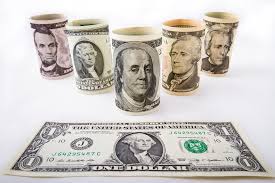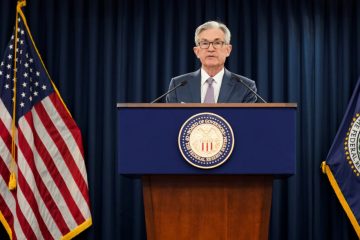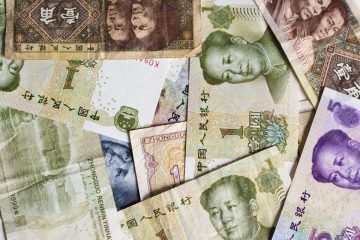Dollar dips on vaccine doubts, kiwi soars after Reserve Bank of New Zealand

The dollar fell on Wednesday as optimism about a potential coronavirus vaccine was offset by worries about how the drug will be delivered and by a surge of new infections in the United States.
The New Zealand dollar recovered from an early dip to hit its strongest level in more than a year as traders scaled back bets that the central bank would move to negative interest rates.
Initial optimism about coronavirus vaccine testing pushed the dollar up against the safe-harbor yen and the Swiss franc, but this momentum is starting to fade because there are still several obstacles to clear before a vaccine can be distributed.
“The dollar recovery is on hold for now because, when you look at the details, there are still a lot of hurdles to clear before any vaccine is rolled out,” said Junichi Ishikawa, senior foreign exchange strategist at IG Securities in Tokyo.
“However, the dollar is supported by rising Treasury yields, which should help the dollar make another push higher before year’s end.”
The dollar fell 0.15% to 105.07 yen, pulling back from a three-week high.
Against the euro, the dollar eased slightly to $1.1829.
The British pound traded at $1.3273, close to a two-month high due to growing optimism that Britain and the European Union will agree a long-sought-after trade deal.
Sterling, however, surrendered some of its overnight gains against the euro.
Sentiment for the dollar got a boost after Pfizer Inc and BioNTech said on Monday their experimental coronavirus vaccine was 90% effective.
However, the reaction across financial markets has become more tempered because there are several logistical hurdles to making the drug available, including that it has to be shipped at extremely cold temperatures.
Several U.S. states on Tuesday imposed restrictions to curb the spread of the coronavirus as hospitalizations soared, highlighting the difficulty in containing the virus as winter in the Northern Hemisphere approaches.
The dollar index against a basket of six major currencies fell slightly to 92.633.
The onshore yuan capitalized on the dollar’s weakness and rose to 6.5926.
Other Asian currencies, such as the Korean won and the Singapore dollar, also gained against the greenback.
The New Zealand dollar hit $0.6868, its strongest since March 2019.
The Reserve Bank of New Zealand (RBNZ) kept interest rates on hold at 0.25% and introduced a new monetary policy tool to encourage more loans by reducing borrowing costs for banks, which matched market expectations.
RBNZ Governor Adrian Orr also said domestic economic activity since August has been more resilient than previously assumed, which many traders took as a sign that the chance of negative interest rates has receded.
Across the Tasman Sea, the Australian dollar also rose against its U.S. counterpart.









